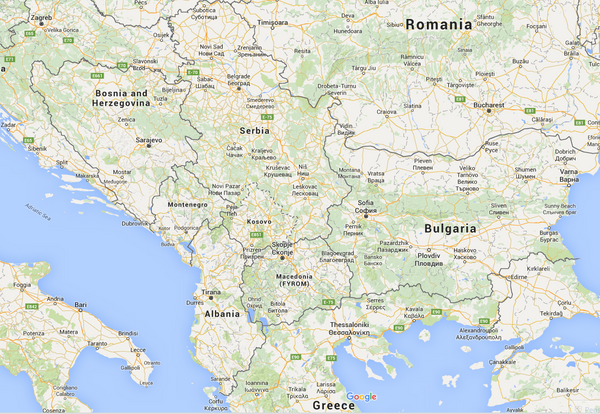Transition in the Balkans: are countries ready to sustain harm reduction programs?
In the last decade, due to the rapid economic growth in a large part of Eastern Europe and Central Asia, including the Balkan area, important economic and public health shifts have occurred rendering countries in the region ineligible for development assistance. At the same time, after a period of exponential growth in international aid for health, the economic crisis resulted in decrease of donors’ funding available for developing countries, including for HIV and TB programs, and in particular this is the case for the support available from the Global Fund.
In 2014, the Global Fund introduced the New Funding Model (NFM), a new approach to resource allocation that has transformed financing for the three diseases. In upper middle income countries (UMICs), Global Fund invests 100% of its financing to support key and vulnerable populations. According to World Bank classification, there are no longer low-income countries in Eastern Europe and Central Asia (EECA), including the countries of the Balkans in Southeast Europe. Even though pledges by donors to the Global Fund increased from $10.08bn. for the period of 2011-2013 to $12.23bn. for 2014-2016, the EECA region saw an overall reduction of 15.1% as a result of the NFM allocation methodology. Furthermore, the recent UN Secretary-General’s report includes a part that calls for a significant pullout of international funding from Upper-Middle Income Countries (UMICs) by 2020 that could lead to dramatic consequences in terms of the spread of the HIV epidemic among Key Affected Populations (KAPs) in these countries.
Consequently, there is a widespread concern as to how ensure the successful transition from Global Fund supported HIV and TB programs to national funding and the sustainability of such programs, especially those programs targeted at key affected populations. Seeking to evaluate the processes and consequences of the transition from the Global Fund financing of HIV response among KAP with the sustainability of harm reduction services, EHRN decided to develop case studies on a number of Balkan countries. Today we would like to present 4 of them to you: case studies from Albania, Bosnia and Herzegovina, Macedonia and Romania.
Click here to read the full article.
Keep up-to-date with drug policy developments by subscribing to the IDPC Monthly Alert.
Thumbnail: Google Maps
Regions
Related Profiles
- Eurasian Harm Reduction Network (EHRN)
